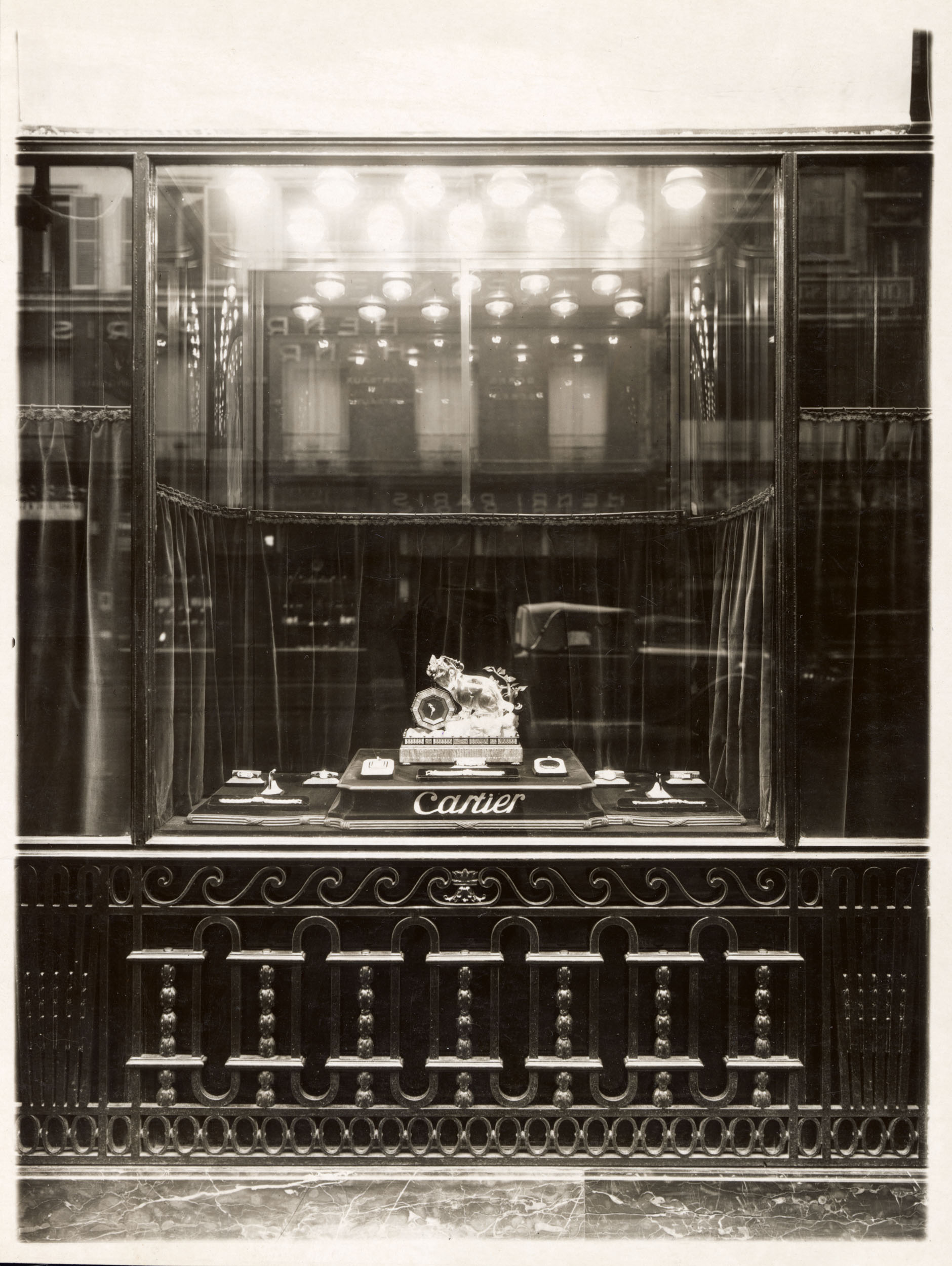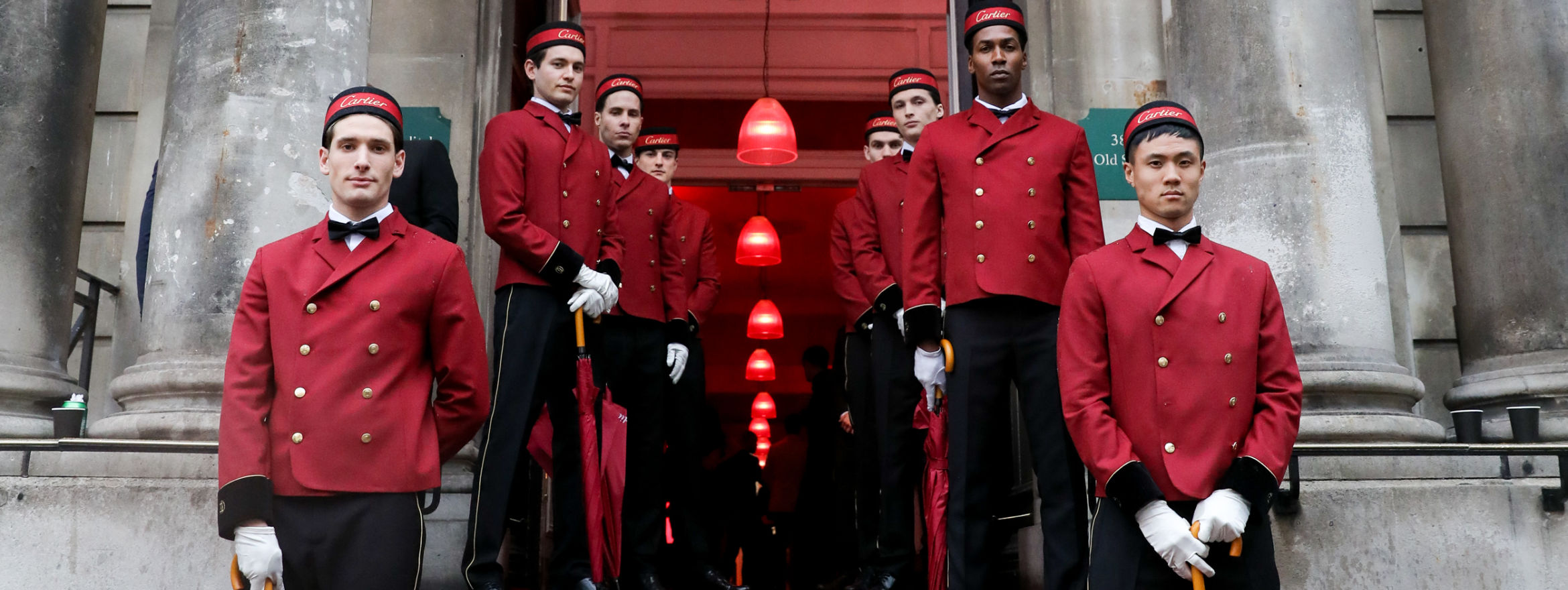Cultural Perspectives • 10 Feb 2020
Cartier Complicated Watchmaking
Cartier is a brand emanating history, with many significant contributions to horology. The Cartier Santos was the first pilot’s watch designed and created by Louis Cartier for aviation pioneer Alberto Santos Dumont in 1904, and could also arguably be the first men’s wristwatch as timekeeping was mainly in the form of pocket watches then. A few wristwatches were around then, but were however mostly adorned by women. The Santos spotted on such a pioneering and well-regarded figure like Dumont inspired a trend of men’s wristwatches, which Cartier harnessed and became perhaps the first brand to commercialise the wristwatch and make it the global industry it is today.
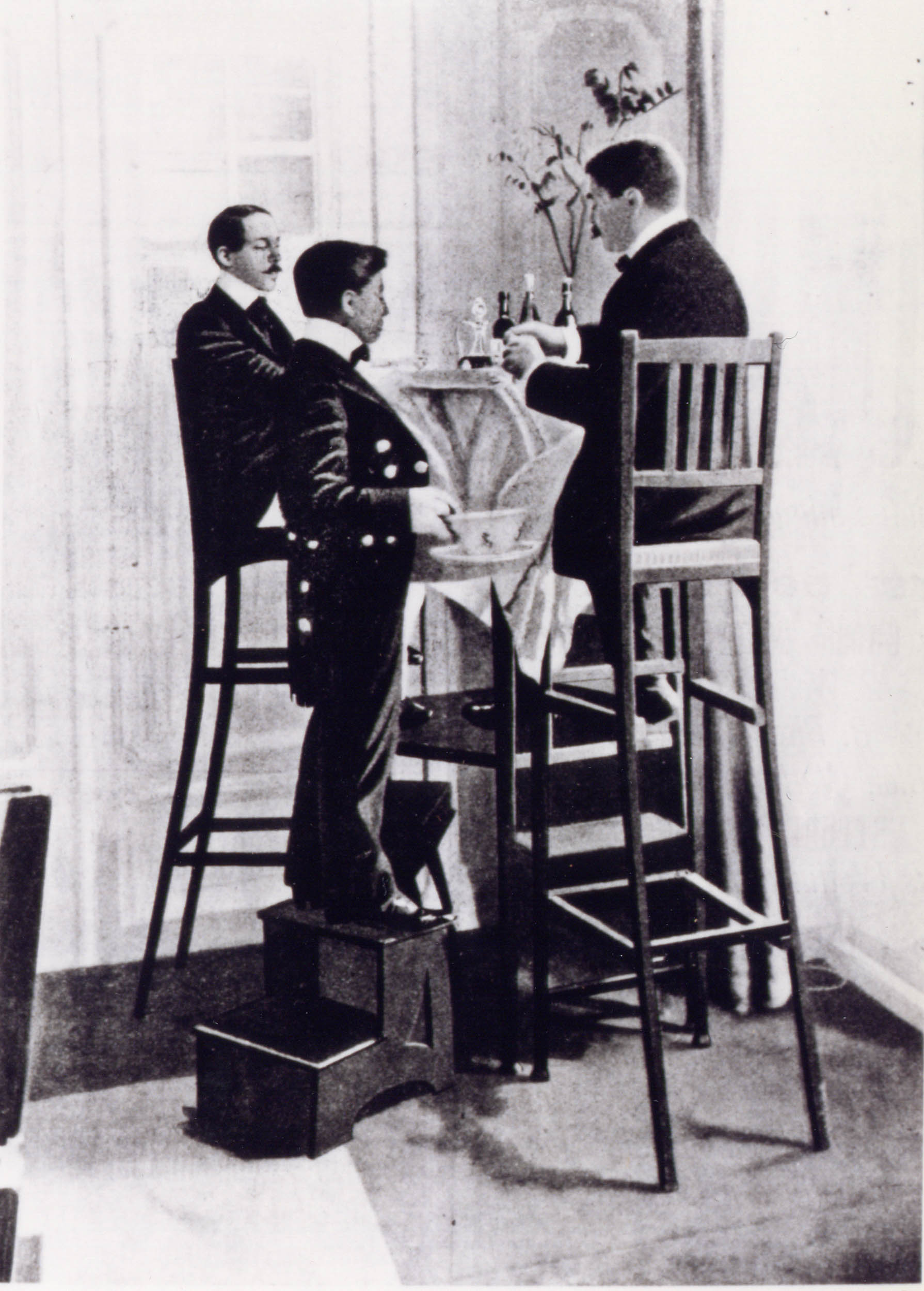
Championing Form Watches
In the few decades following, the Cartier Tank was created and it was a very disruptive design with its rectangular case profile within a sea of round cases. Nevertheless, the Tank has become one of the most recognizable and distinct dress watch today, spawning off other popular and stylish variants such as the Tank Cintrée and the Tank Américaine. In modern times, Cartier has remained a highly successful brand, coming in third behind Rolex and Omega for the most number of watches sold in 2017.
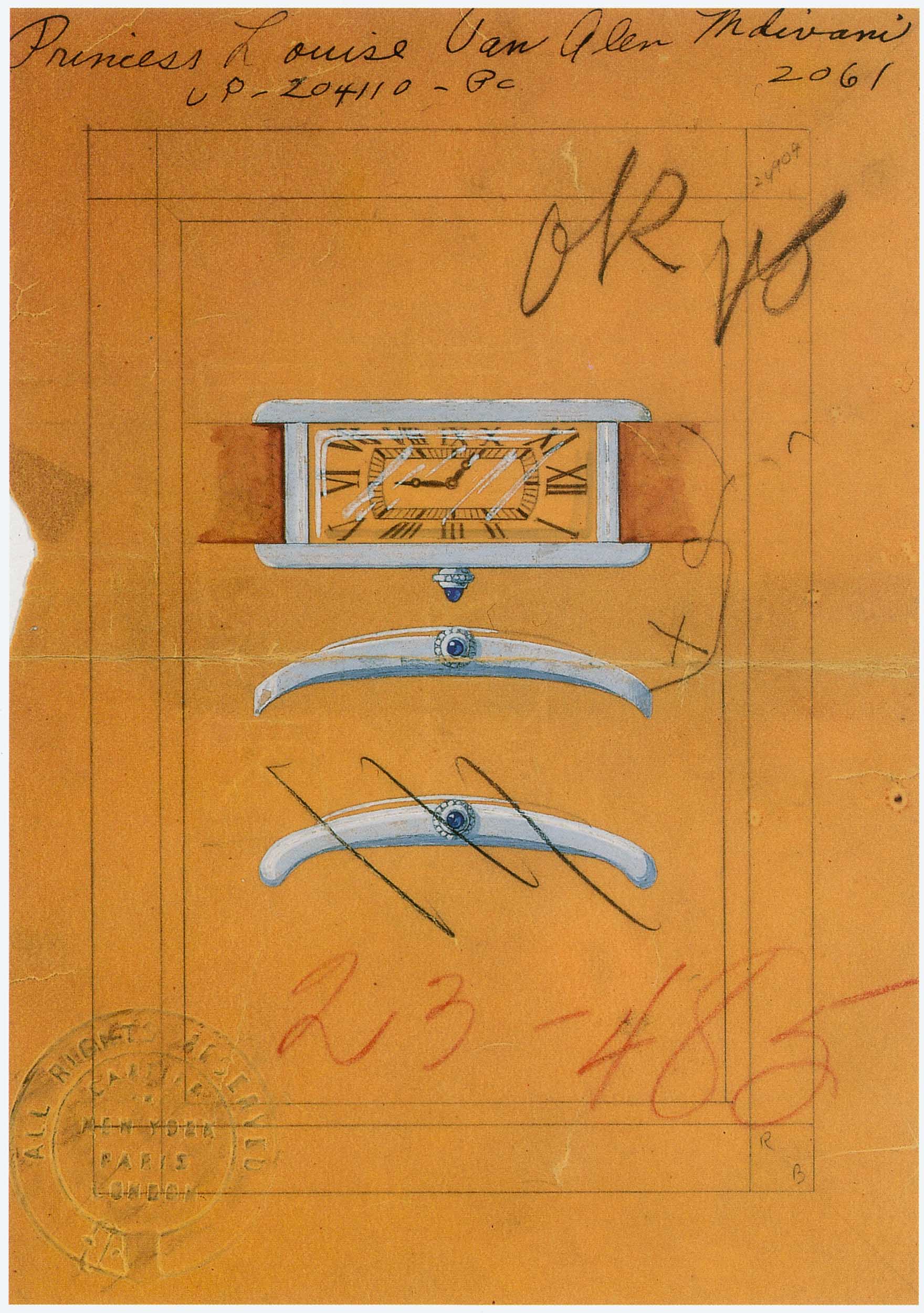
“The Jeweller of Kings and the King of Jewellers”
However, Cartier’s highly successful contemporary line of jewellery has muddied the horological contributions and achievements of Cartier for many people, imbuing them with the perceptions of Cartier watches as “fashion watches”. The famous moniker of Cartier as “The Jeweller of Kings and the King of Jewellers” by King Edward VII of Britain certainly aided this perception. While there is nothing wrong with “fashion watches”, I feel that this permeating misconception of Cartier betrays the brand’s contributions and significance and undermines their achievements. In the past decade especially, Cartier has produced a few revolutionary pieces that are held in high regard in the Haute Horology scene, proclaiming to the world that Cartier is a force to be reckoned with and that they are strongly embracing their past as a pioneer of watches and horology.
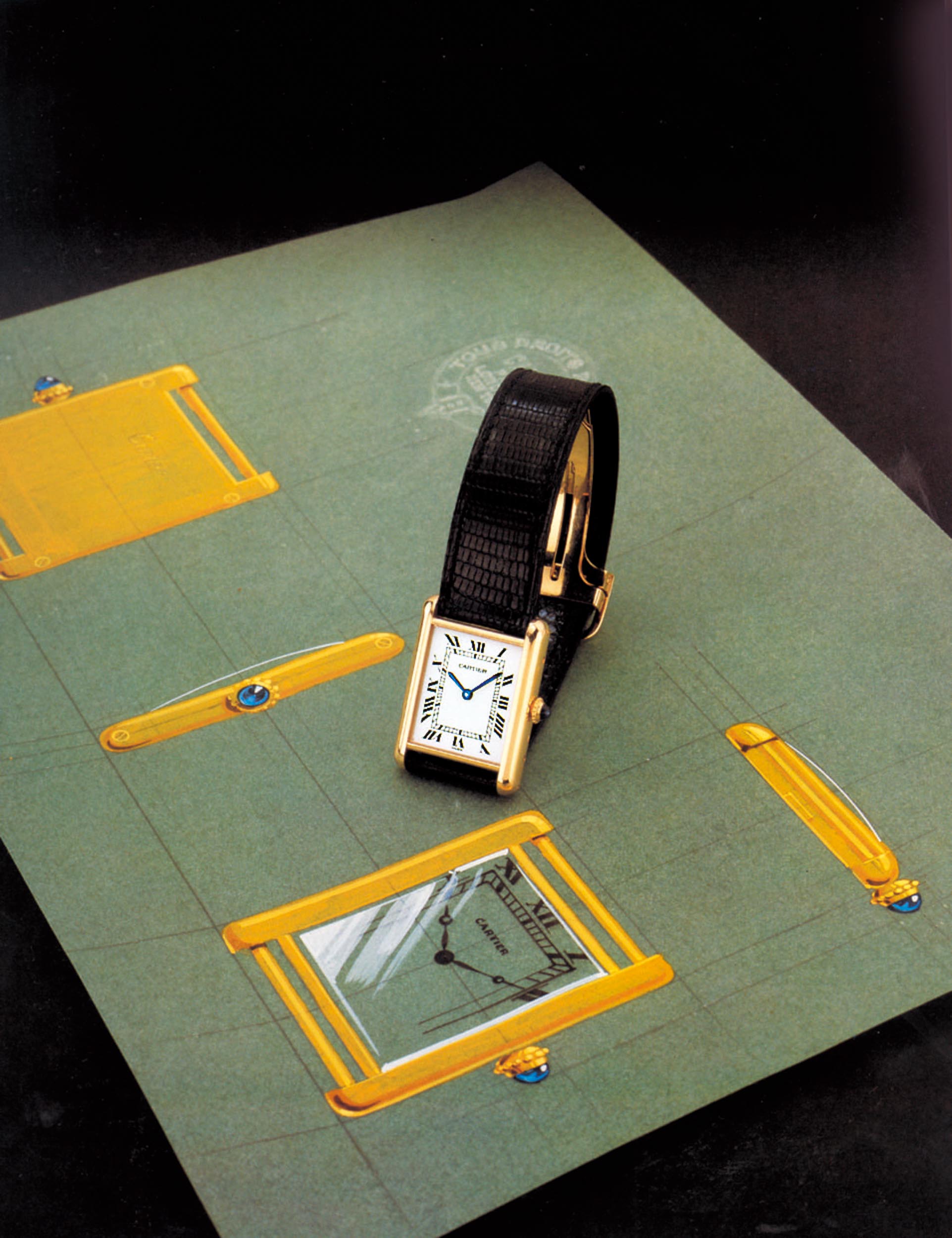
Fine Watchmaking Collection
Since the inception of the Cartier Fine Watchmaking Collection (FWC) in 2008, Cartier has been continuously adding to the collection, showing their new innovations and capabilities over time. The collection represents an amalgamation of pieces that are heavily focused on complications and exceptional finishings. The FWC replaced the Priveé Collection that preceded it for the past decade. The watches of the Priveé Collection are exquisitely well made, but their movements were sourced from other manufacturers instead, making for some inefficiency in production. Furthermore, people started to pay more attention to brands that produce their own in-house movements as a further justification to spend their hard-earned money. What Cartier did with the FWC was akin to killing two birds with a single stone.
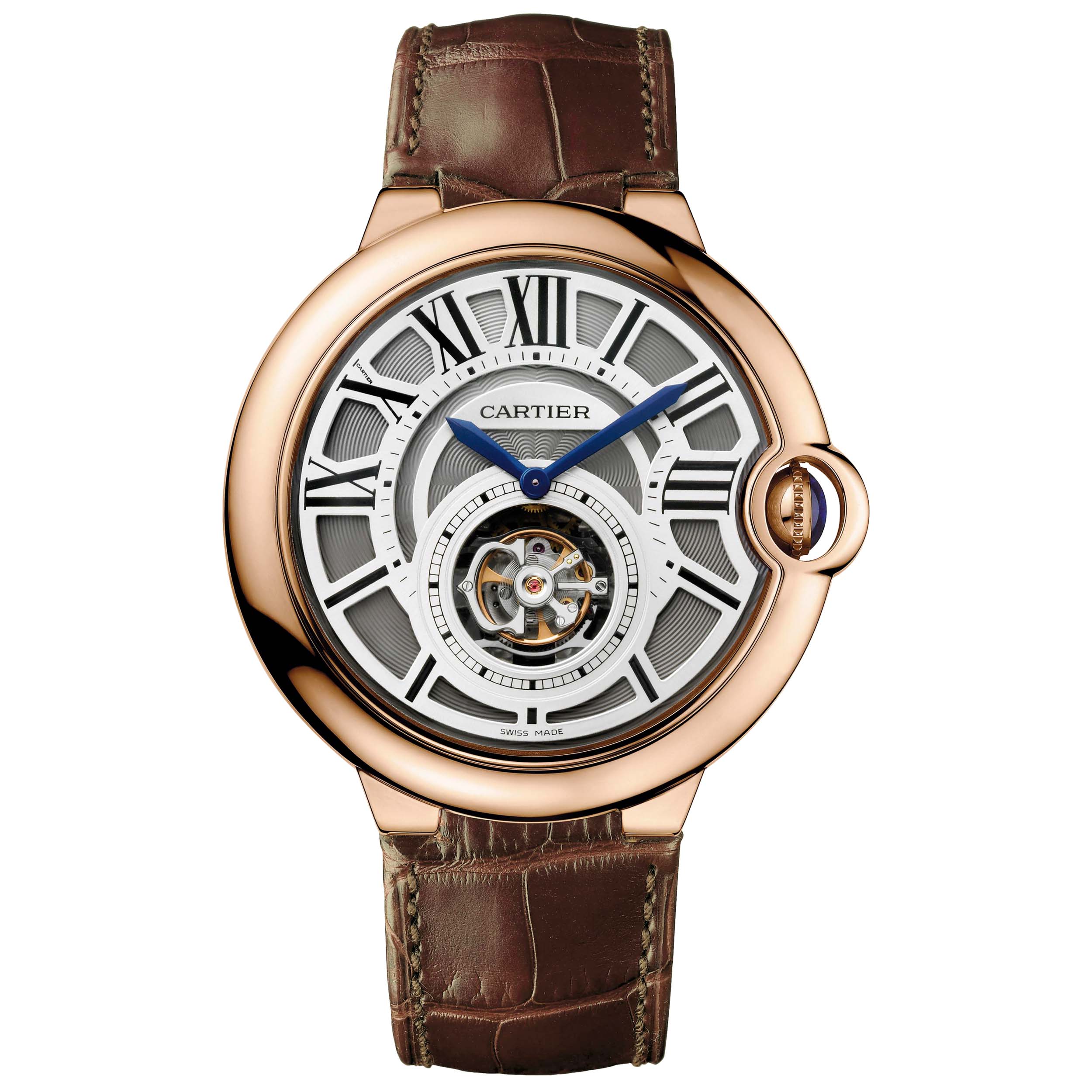
The Ballon Bleu Flying Tourbillon, one of Cartier’s first watches in the FWC, signifies Cartier’s presence in the world of Haute Horology. It is the brand’s first Tourbillon which houses their own manufacture tourbillon calibre, the 9452 MC. The Tourbillon complication is one used to counteract the negative effects of gravity on a watch’s accuracy by housing the balance wheel and the escapement of a watch inside a rotating cage. Tourbillons are usually reserved in the upper echelons of horology. The flying tourbillon showcases an exceptionally-finished C-shaped carriage at 6 O’Clock. The movement is also a historic one for Cartier as it was their first movement to be given the Geneva Seal after they took possession of Roger Dubuis’s manufacturing facilities in Geneva, signifying a strong leap forward for the brand.
Extending The FWC
Then, in 2009, Cartier extended the FWC to the Tank and Santos series – easily two of their most iconic watches – with the Tank Américaine Tourbillon Volant and the Santos 100 Skeleton. The former utilised the same 9452 MC that was introduced with the Ballon Bleu Flying Tourbillon. The upper dial layer is cut out to show the Roman numerals as well as a beautiful guilloché dial underneath. As if there is not enough depth in the watch already, the tourbillon cutout takes the sense of depth to the next level.
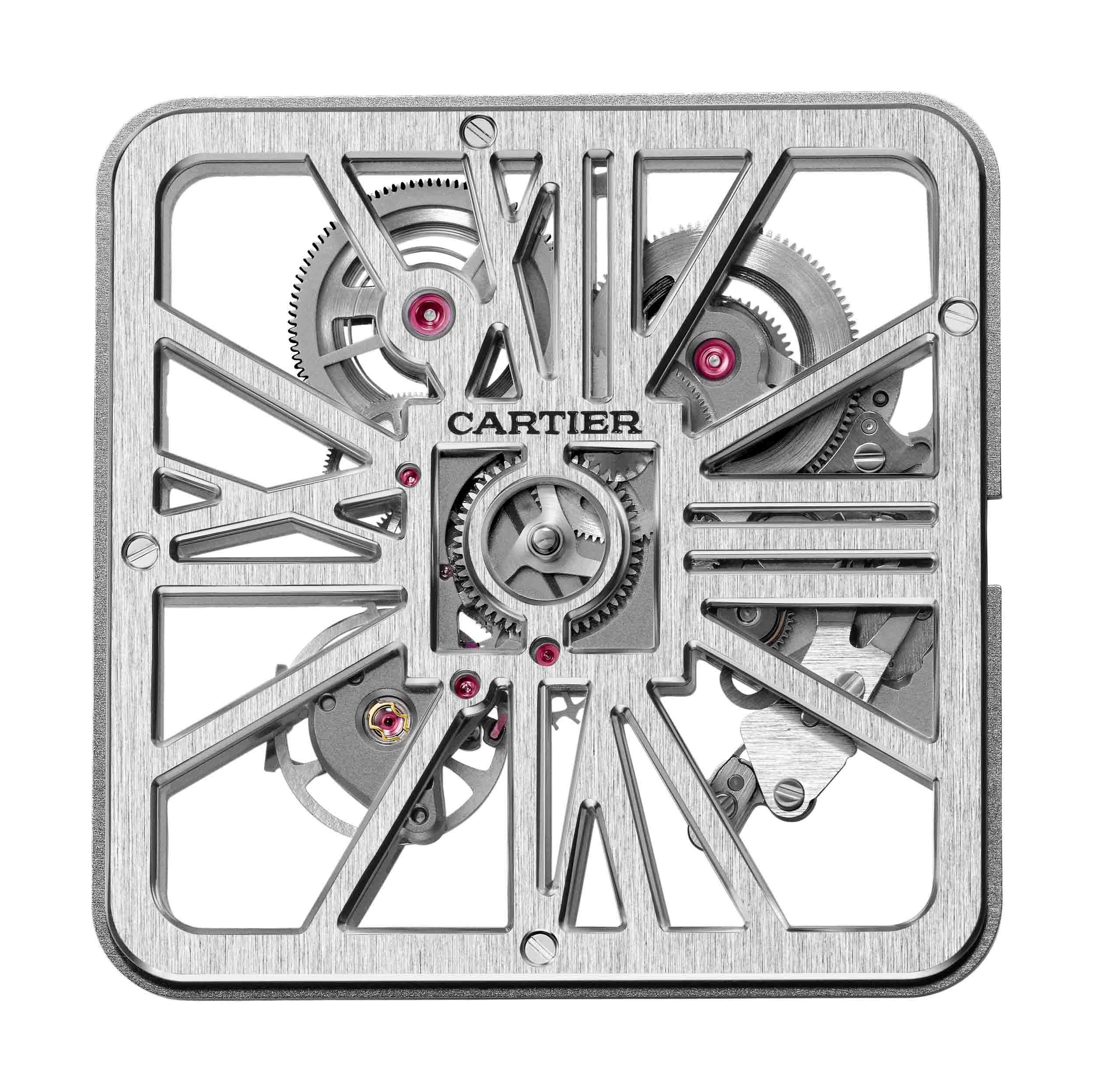
These executions present a very well-conceptualised and executed design in the final product. The Santos 100, on the other hand, housed the calibre 9611 MC, a new hand-wound movement which consists of 128 parts. This movement is encased in a palladium case – a rarely-used white metal. What was also amazing is that the Roman numerals seen on the watch are actually the bridges of the watch movement. Almost a decade later, this movement was again used in the 2018 Santos de Cartier Skeleton. These 2 watches are a testimonial to Cartier’s respect to their own inimitable traditional designs (art-deco inspired) and heritage while prescribing thoughtful reimagination in elevating them to Haute-Horology level with their new state-of-the-art technologies.
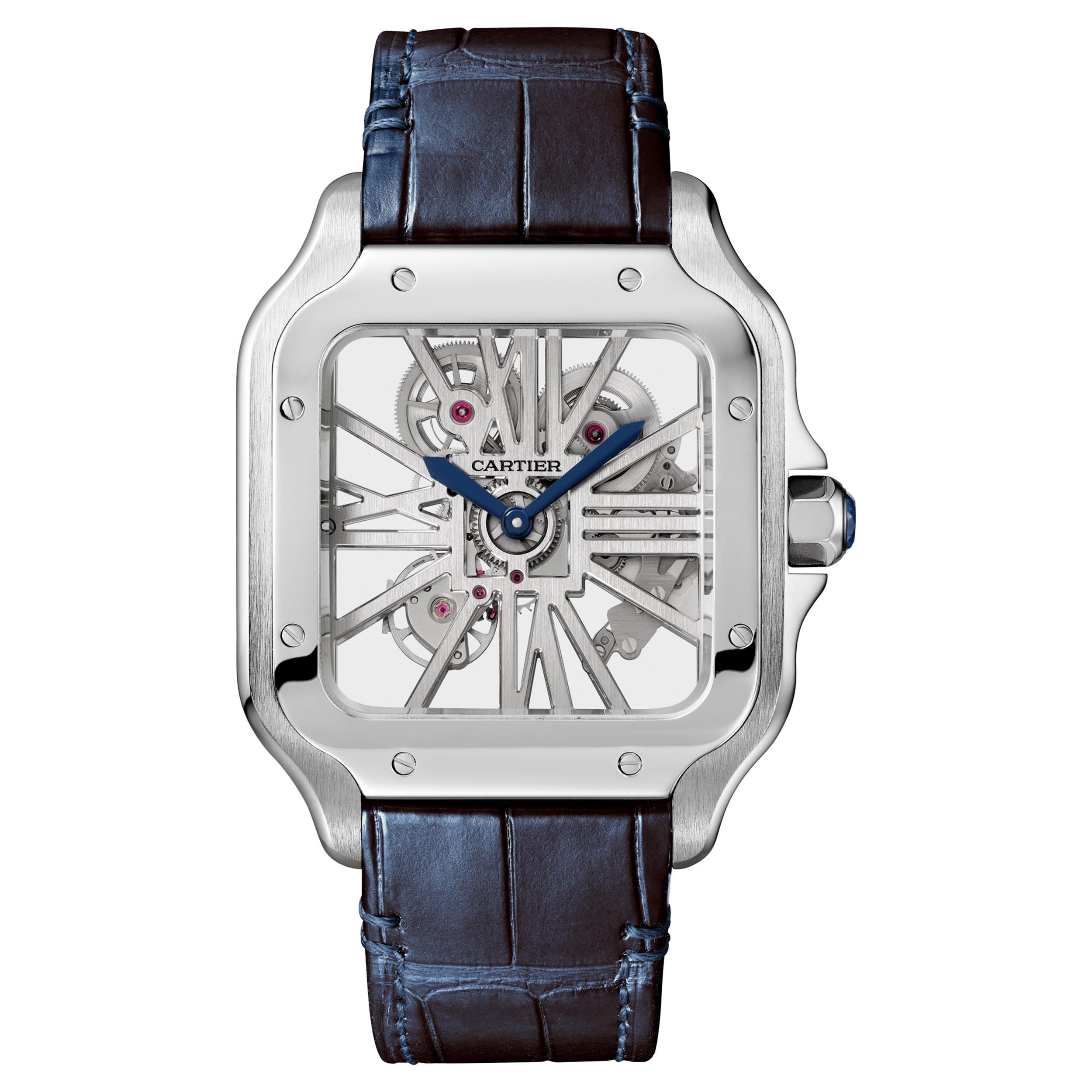
ID One
In the same year, the truly revolutionary work of Cartier which commanded all attention on the brand was their ID One concept watch. The “ID” stands for “Ideas and development”, and the ID One represents Cartier’s outlook and plans for the future of horology. The piece was groundbreaking as it was shown to be the first watch that has no need for any lubrication and adjustments. As mechanical movements consist of multiple moving gears and parts, lubrication is needed to prevent wear and tear from friction. Adjustments and regulations are also required to be performed on a watch at regular intervals to ensure that they run well without any problems.
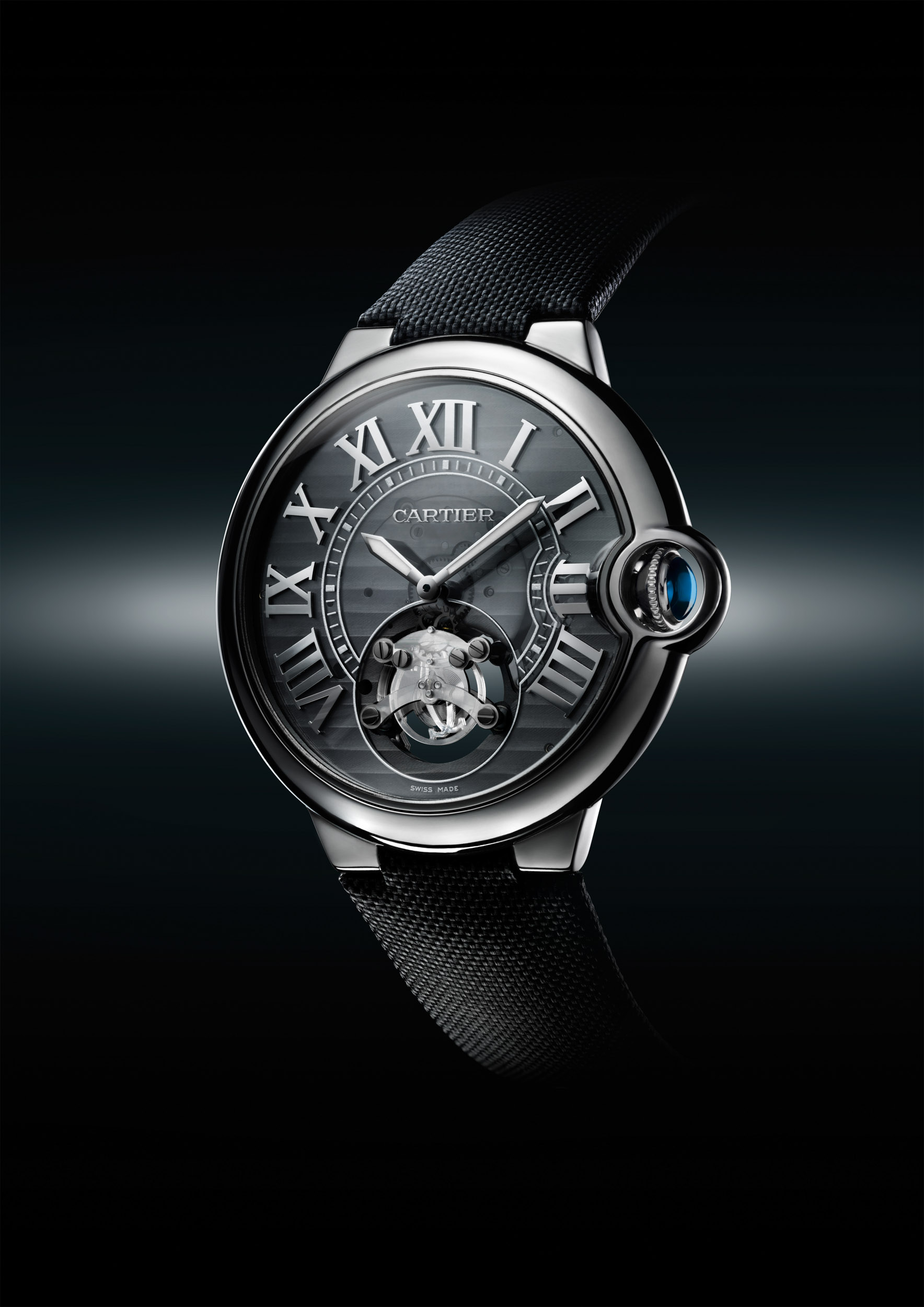
The fact that the ID One does not need any lubrication or adjustments at all would mean that it could, in theory, run forever. This could all be achieved with Cartier’s innovative solutions which mostly involve the use of precision cutting and specially-selected materials. For example, Carbon Crystal, a material that is very hard like diamond, was employed and implemented in the ID One’s escape wheel, escape lever and balance wheel. Carbon Crystal is super impervious to friction, allowing for the escapement to not need any oils for lubrication.
DRIE & Zerodur
Precision cutting using the “DRIE” (deep reactive ion etching) allows for unerringly and perfectly-shaped components and parts so that they all fit perfectly rooted in place upon assembly so that no more regulations and adjusting are needed after that. Furthermore, Cartier used a Zerodur Hairspring. Zerodur is not affected by magnetic fields at all and is not susceptible to drastic changes in temperature. Everything is housed in a Niobium Titanium case, which is highly resistant to wear and can absorb shocks well. The coupling of all these elements make the ID One watch to be almost indestructible. In essence, it seems to be a watch that was dreamt by the early pioneers of watchmaking – a mechanical watch that can take a beating and can run perpetually.
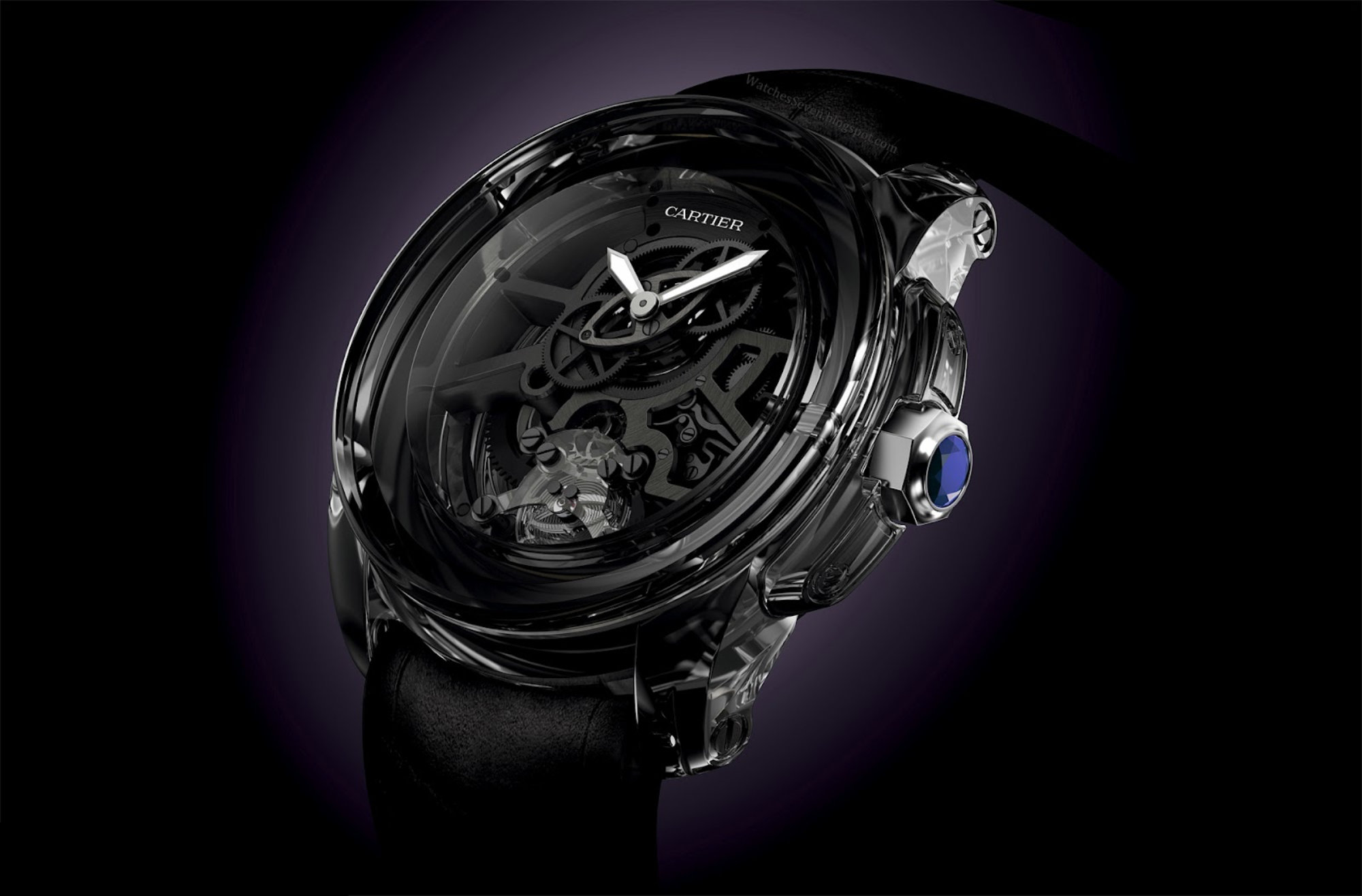
ID Two
3 years later, the successor, ID Two, was unveiled. The ID Two envisioned Cartier’s aim of making an energy-efficient timepiece and to reimagine the mechanical watch from the ground up, with a futuristic design which makes other mechanical watches look antiquated. First of all, the ID Two used a Ceramyst case, a clear and hard ceramic case which. Cartier proclaimed that they are the first brand to use it for a watch case. The seemingly lack of metal makes for a piece that looks unlike any other in the market. Additionally, the Ceramyst case is not held together by any screws at all. In fact, the inner chamber of the watch is vacuum-sealed so that the space within is 99.5% air-free, almost eliminating air friction.
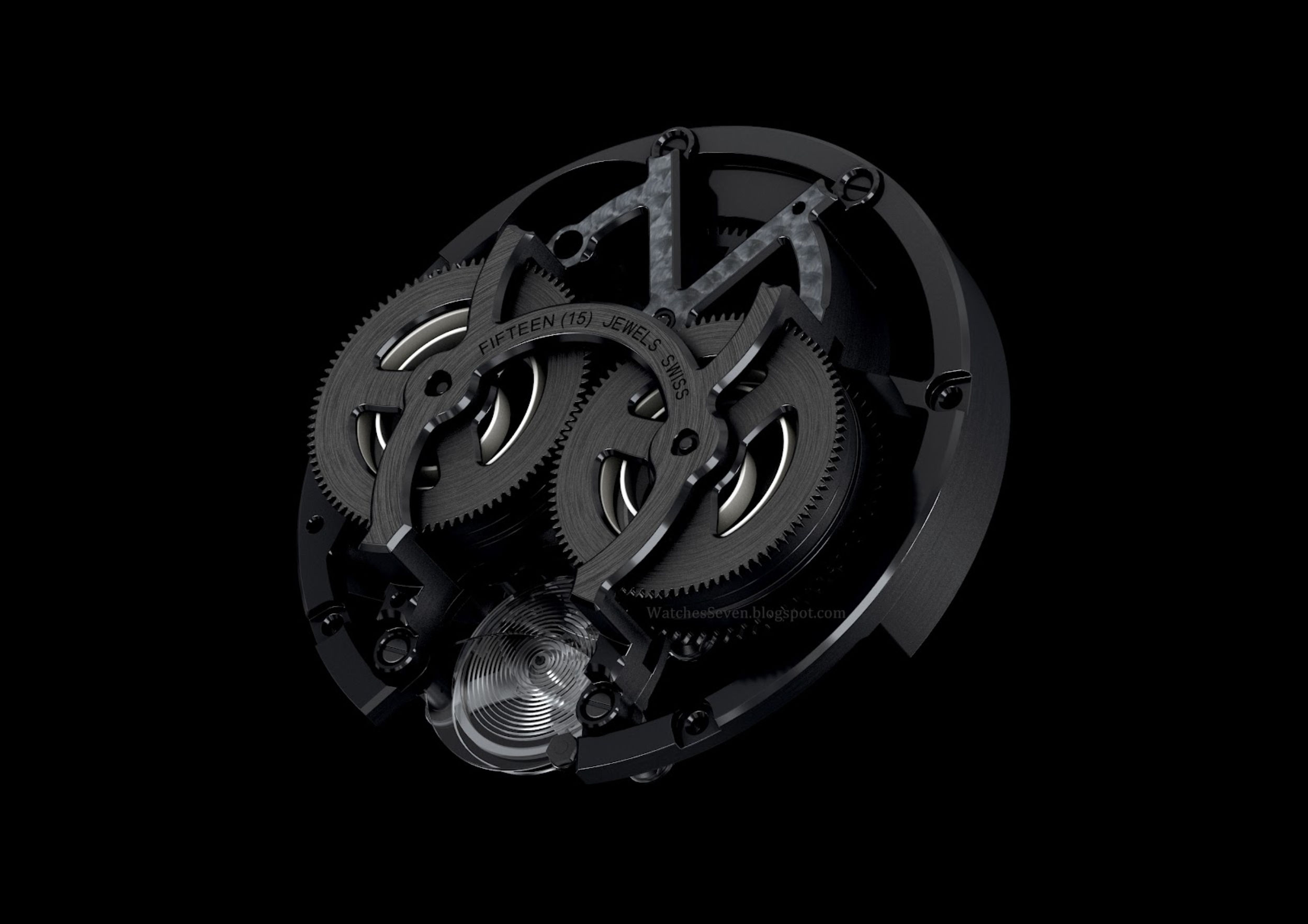
The severe reduction of air friction enables greater energy efficiency for the movement. Just like the ID One, Carbon Crystal is present throughout the parts of the movement, making for a seemingly frictionless watch that does not require lubrication. This coupled with the vacuum-sealed inner chamber makes for such impressive energy efficiency that the ID Two has two mainspring barrels to bring the power reserve to a staggering 32 days – beating the previous record holder for longest power reserve, the Lange 31, which came out in 2007 with a power reserve of 31 days.
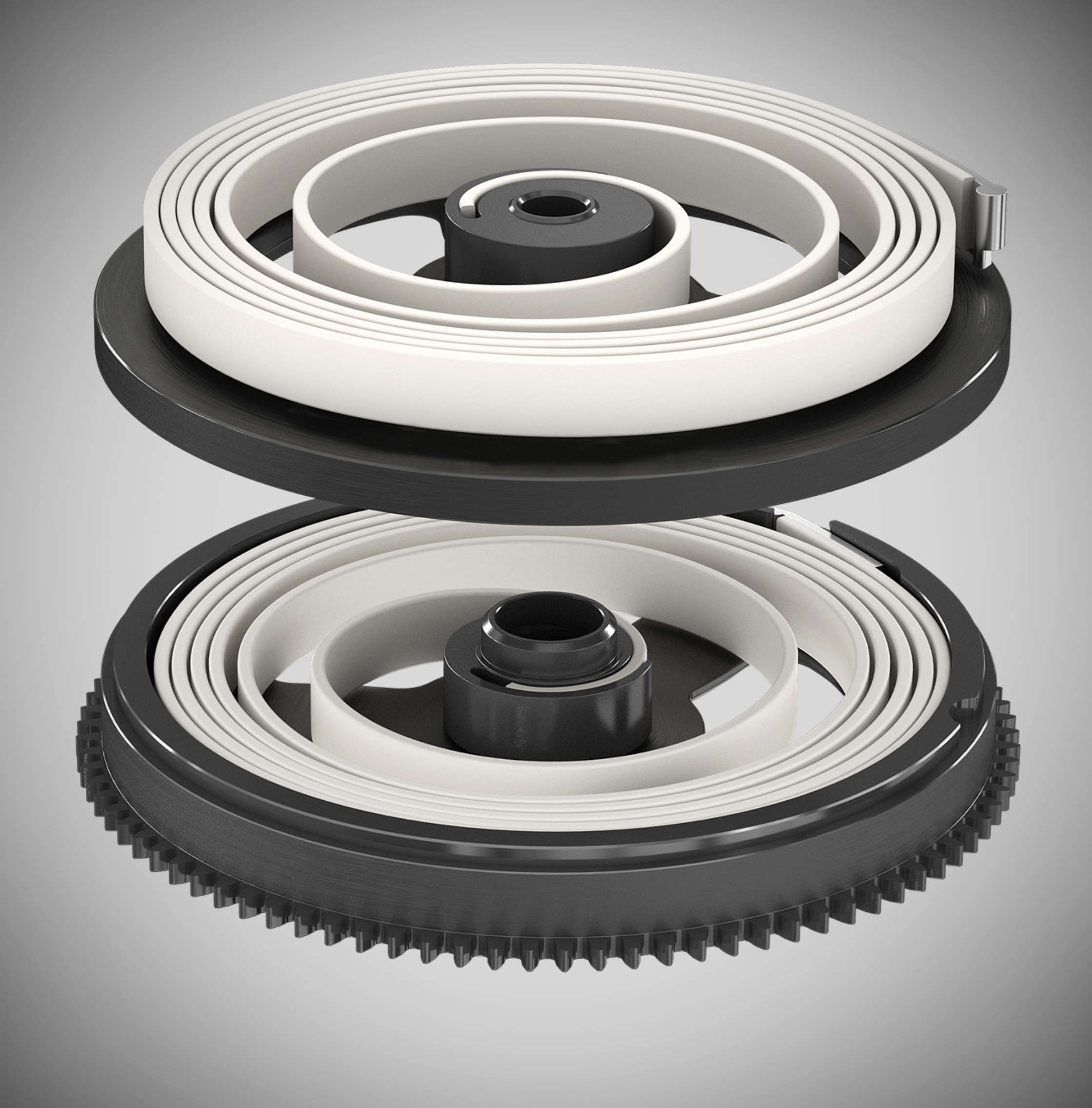
As Cartier had intended, the proclamation of these 2 concept watches pivoted many people’s opinions of Cartier as a watchmaker from one of slight apathy to one of intrigue and amazement, and maybe even a tinge of bewilderment as they question if what they were seeing really emerged from “The Jeweller of Kings”. In just a few years, Cartier garnered a great deal of respect and attention from the industry for their Haute Horology achievements by showcasing the sheer extent of their capabilities and ingenuity which people had previously underestimated.
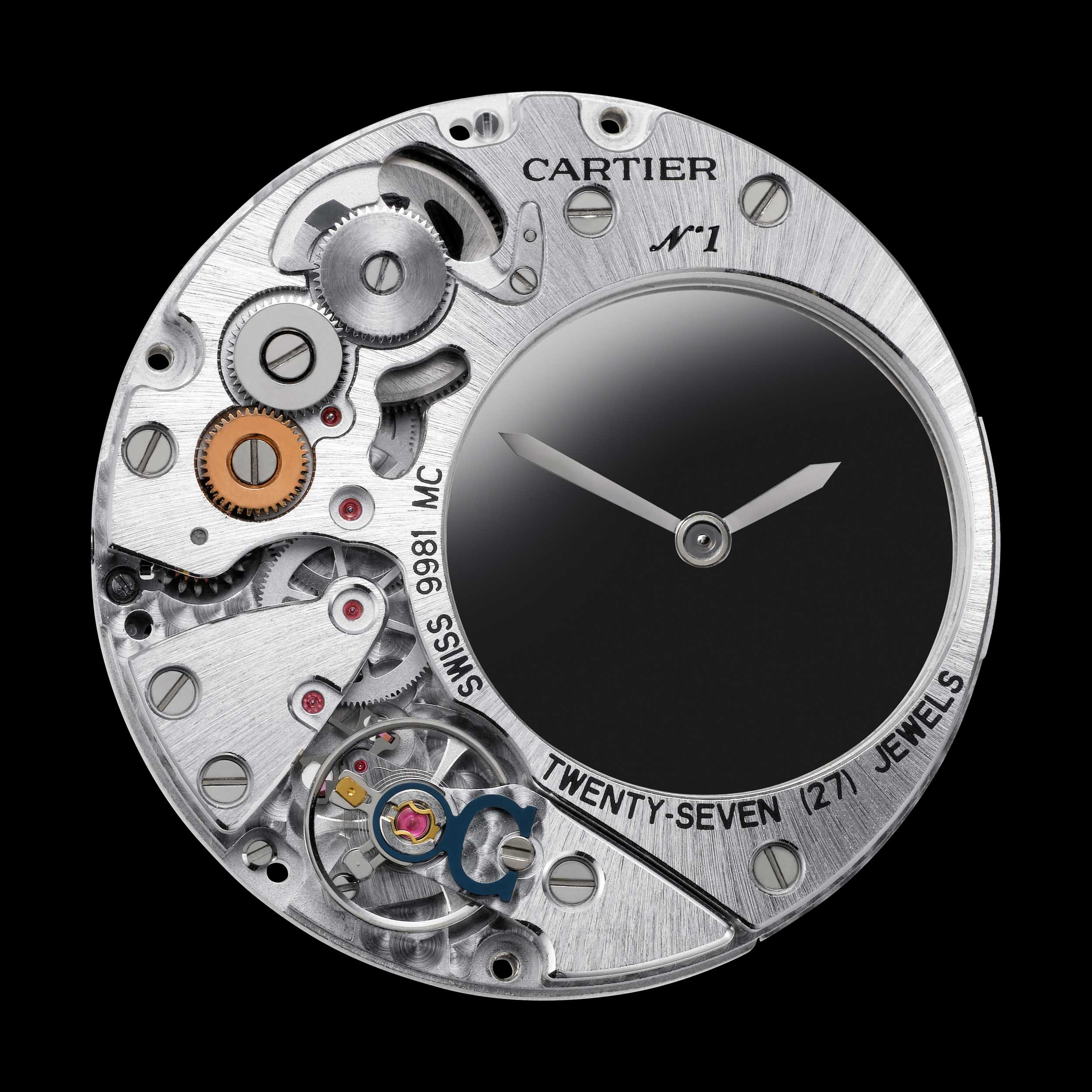
The watches named thus far represents some of the turning points in more modern times where Cartier started to step up and show the world their innovations, creativity and technological developments. There are still many more examples of their exceptional horological feats, such as the Astrotourbillon and the contemporary collection of “Mysterious” watches that can be dated all the way back to Cartier’s first Mystery Clock in 1912. Although the brand is often associated with its jewellery line, one should not overlook and dismiss the brand’s contributions to horology and it’s history as pioneers of the wristwatch. The future is of boundless potential for this legendary Maison.
